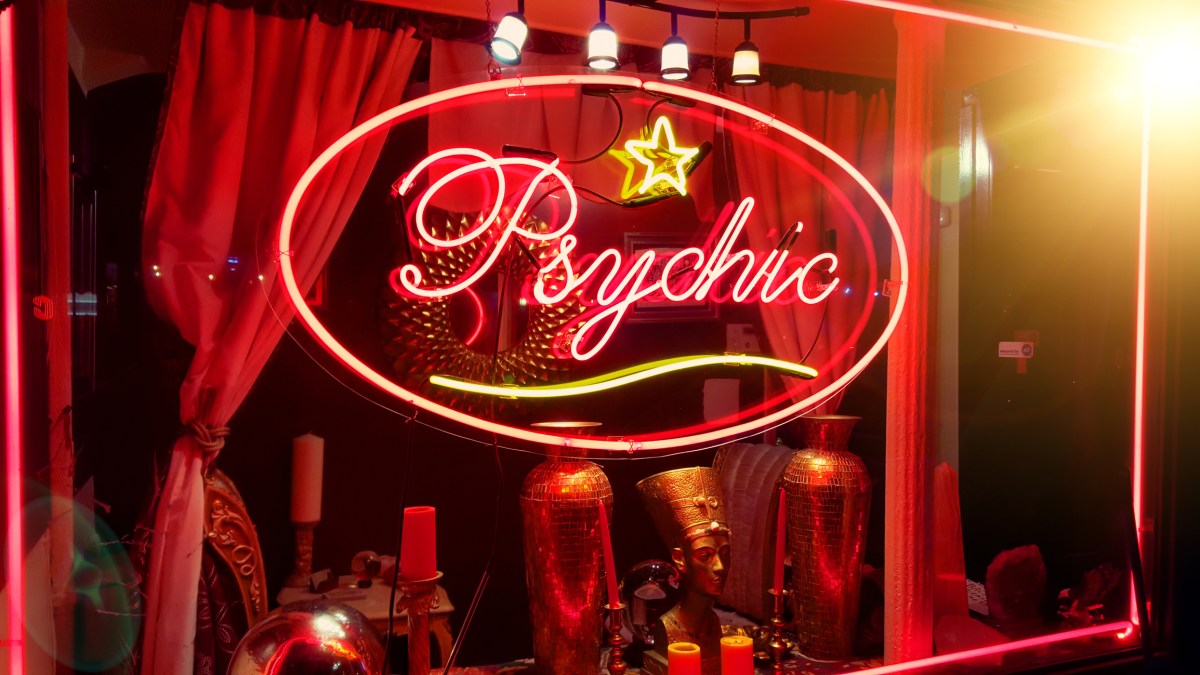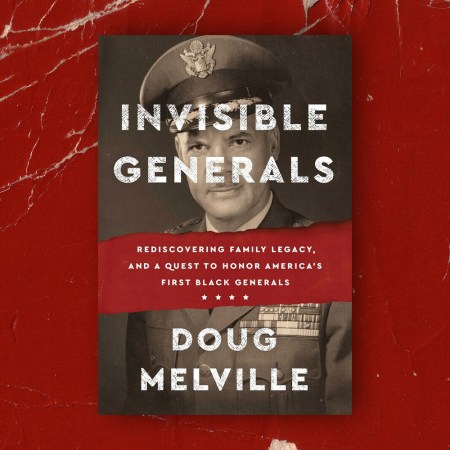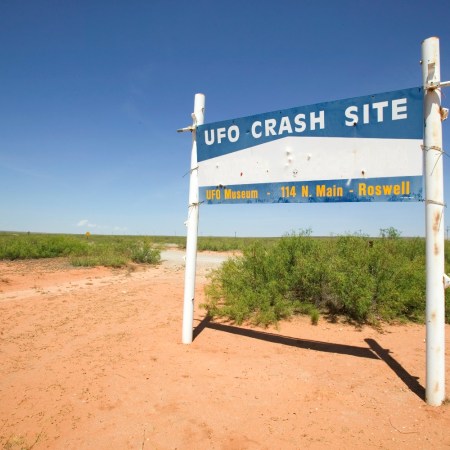The administrator, identified only as the number 66, started the recording with the deadly seriousness that the task required.
“This will be a remote viewing session for 1400 hours, 19 February 1981,” he said.
The purpose of the session, he said, was to continue to “build rapport with…” With what, we don’t know. That part’s redacted, as are most of the next few lines.
But it’s fairly clear from the rest of the declassified transcript of the session that 66 was talking about some high-priority American intelligence target. They wouldn’t be talking directly to build that rapport however. In fact, they weren’t even necessarily in the same country.
For that, 66 would need another person, identified only as the number 7. 7, you see, was a remote viewer – a psychic who can see with his or her mind across geography and time.
After being shown some photographs and asked to concentrate on them, 7’s mind wanders the target area, soaking in the details from miles away. Eventually 7 finds the man the U.S. government is so interested in. But just then 66 advises 7 to focus his or her attention on something else and ruins it.
“Wait a minute,” 7 says. “I lost him. I was just wandering around inside this, inside this… must be some kind of laboratory…”
Later, in his mind, 7 catches up with the mystery man. 66 needs some information from this man, so he asks 7 to make mental contact.
“Okay. Now, as he sits there and his mind is occupied at his writing let’s contact him and ask him to explain to you his job responsibility. What job is he doing? What’s his responsibility, his area of expertise?”
“I don’t normally ask for that label,” 7 says. “It sure doesn’t work asking him.”
Well, duh.
It may sound like the script from a bizarre comedy, or an outtake from The Men Who Stare at Goats, but the exchange described above was part of a very real U.S. intelligence program known as GRILL FLAME, not the only questionable pseudo-scientific program undertaken by the U.S. government in its Cold War quest for any advantage over the Soviet Union. (A recent Associated Press report showed the CIA hasn’t necessarily outgrown the urge, having debated trying to use a truth serum on terror suspects after 9/11.)
Back in the late 1970s and early 1980s, the CIA and the military’s Defense Intelligence Agency (DIA) took the idea of psychic intelligence gathering completely seriously and launched multiple GRILL FLAME programs to exploit people who supposedly had the gift.
“Remote viewing (RV) is an intellectual process by which an individual perceives characteristics of a designated target remote in space and/or time from that individual,” a helpful summary of the Army intelligence agency’s GRILL FLAME program says. “Remote viewing can be used to: (1) target on key enemy military individuals from covert agents to key battle commanders; (2) detect the change in the state of military units; (3) monitor hostile military LOCs. US Army personnel units, material and operations are vulnerable to hostile RV. Countermeasures must be devised to eliminate or reduce this vulnerability.”
Two years before the session with 66 and 7 described above, the CIA reportedly employed a remote viewer from California to help find a missing spy plane that had gone down in Africa. It supposedly worked and the program gained traction within the agency.
Where a team of remote viewers really went to work, however, was in 1979 when Iranian students stormed the U.S. Embassy in Tehran and took dozens of diplomats hostage.
Joseph McMoneagle, allegedly one of the psychics, told The Miami Herald last year they were taken to a windowless room at Ft. Meade outside of Washington, D.C. and interviewed by an intelligence officer.
“Everything inside the room was gray, very nondescript,” he said.
McMoneagle said the psychics would be shown a photograph of one of the Americans. In a question and answer that mirrors the session between Number 66 and Number 7, they would be asked for information about that person.
“I want you to hold that image of that individual in your mind while you visualize the area where he is located,” the interviewer said. “Locate this individual and describe what he is doing. Describe his locations and his surroundings. Relax and concentrate, relax and concentrate …”
The only problem, the Herald noted, was that the psychics were often dead wrong about whatever they were “seeing.”
McMoneagle said there’s a simple, frustrating explanation for that: the CIA hasn’t declassified all the times it worked.
The hostage crisis eventually ended in January 1981 when Iran agreed to release the Americans.
But at least for a while, the military still had its uses for the GRILL FLAME seers. The transcript from 66 and 7’s session noted above is dated one month later. In handwritten notes at the end of the transcript, the target of the viewing session’s name is redacted, but says he’s a “very high official in the [REDACTED].”
During the session 7 says he or she is able to ask the mystery man some questions, but each time they’re either interrupted by something or the man refuses to answer.
7 tells 66 that he urged the mystery man that it’s healthy to relax and to daydream, where the two might talk.
“Very good,” 66 says. “Tell him that you will be willing to talk to him any time he wishes. That you are available because you are free of time.”
“[He] had an expression on his face a few times,” 7 says. “I don’t think he’s quite ready for that.”
This article was featured in the InsideHook newsletter. Sign up now.























